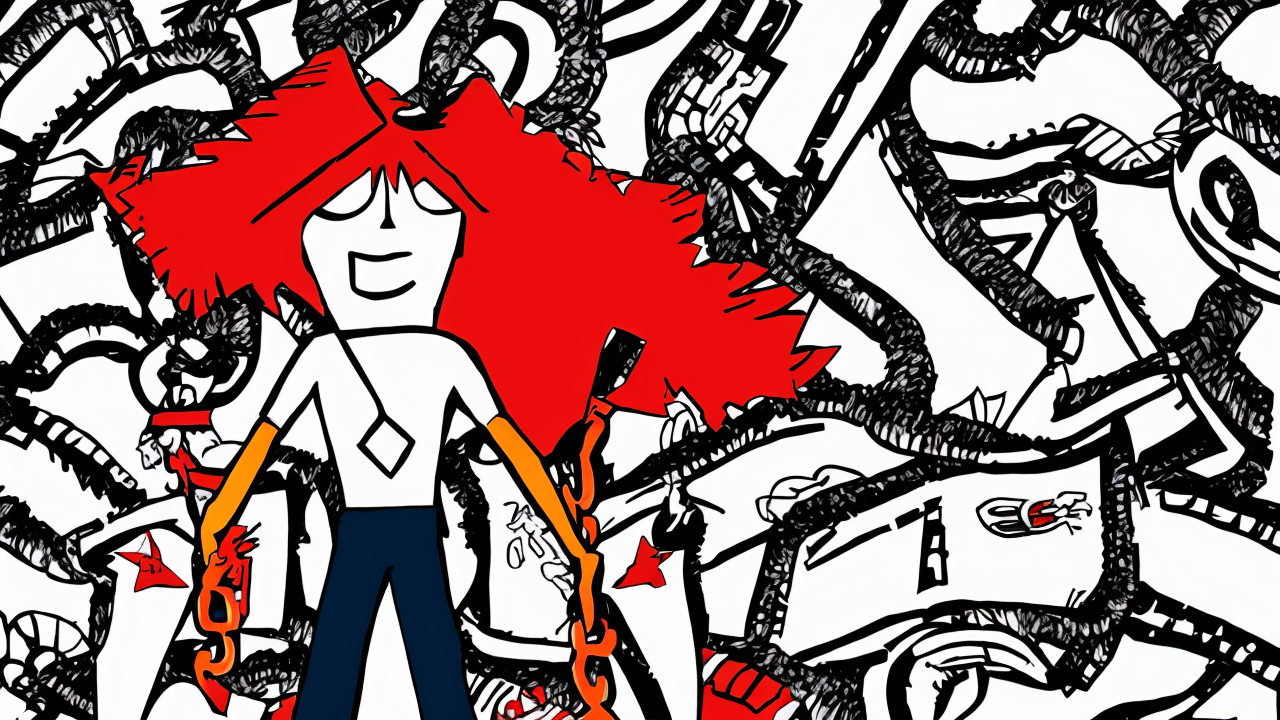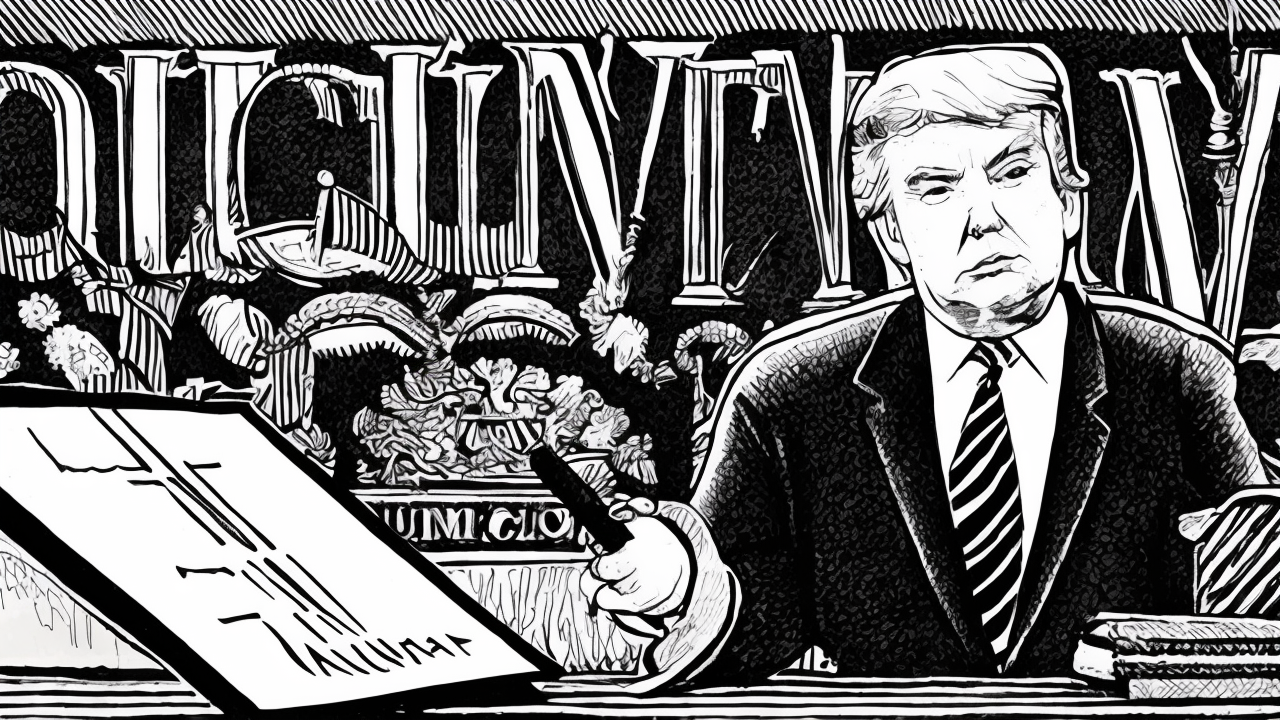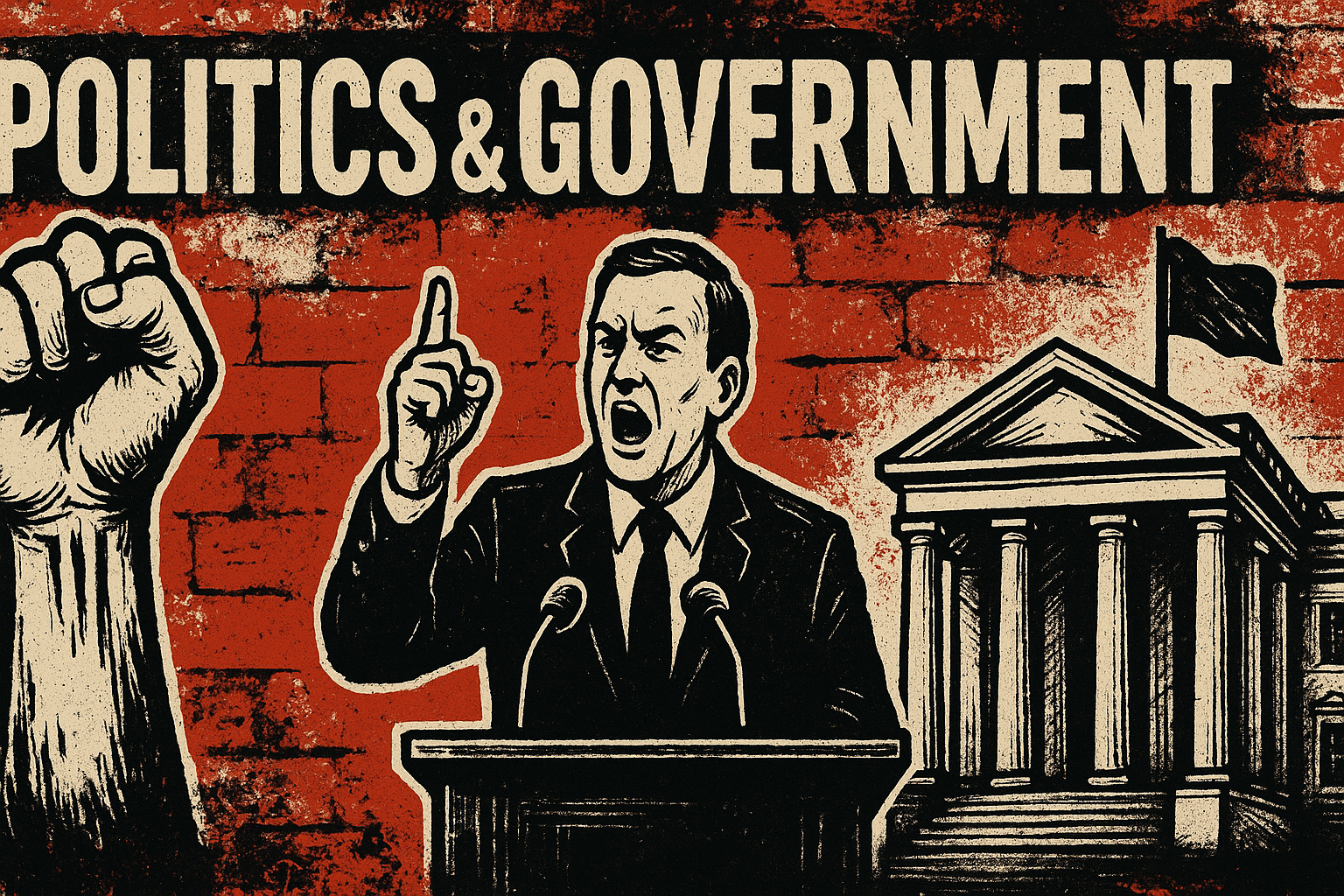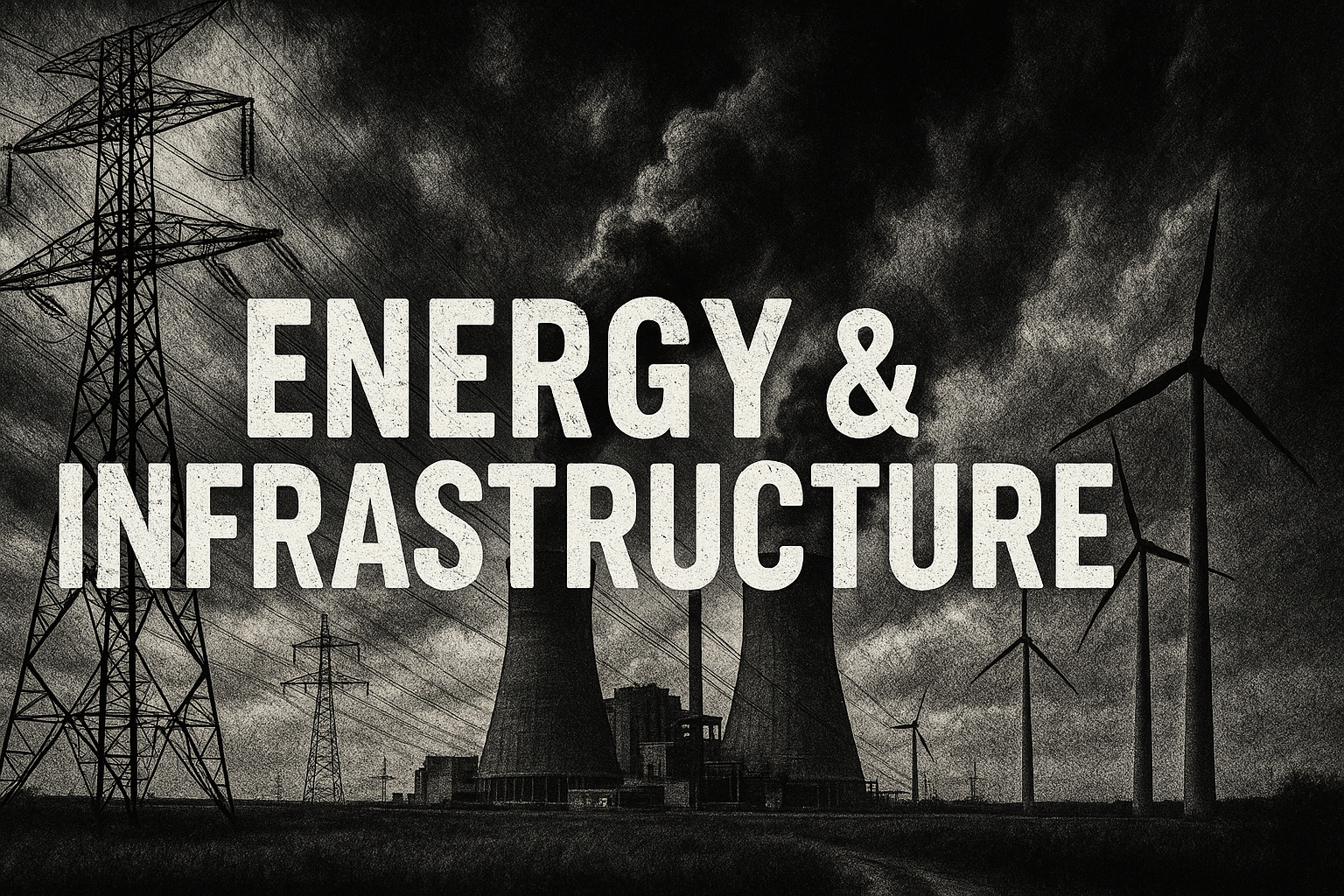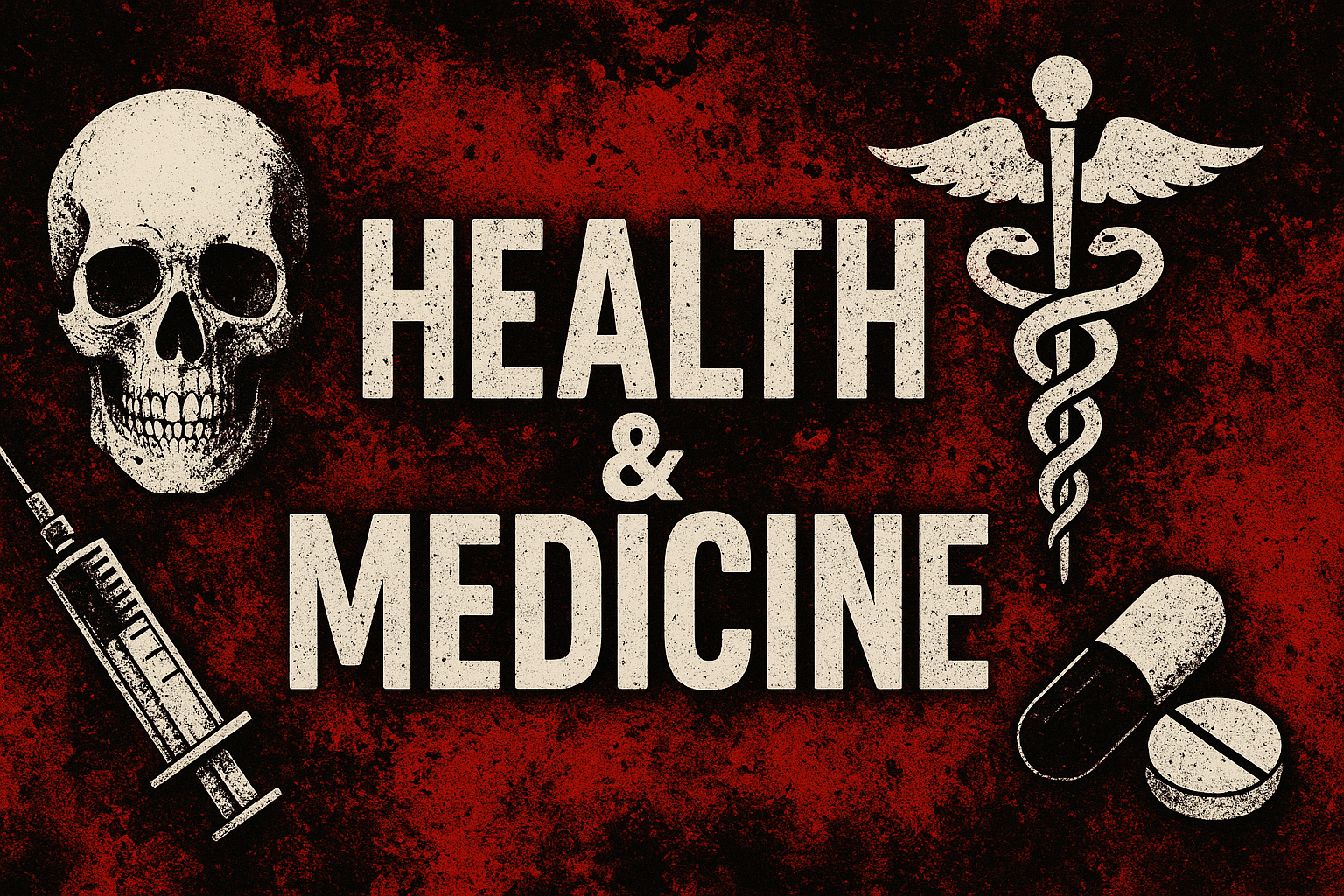VA Struggles to Modernize Healthcare System

The Department of Veterans Affairs (VA), tasked with caring for millions of service members, faces significant challenges in modernizing its outdated infrastructure. The VA’s regional structure, built for the last century, struggles to meet the needs of veterans in the 21st century. Geographic disparities in care persist, with some veterans forced to travel hours for essential services while others go underused.
The VA’s reliance on legacy platforms and disjointed networks exacerbates these issues. Clinicians and schedulers often lack visibility into the full range of available providers, leading to delays and inefficiencies. A 2019 GAO report highlighted the lack of consistent metrics to assess network performance, while a 2024 hearing revealed frustration over inconsistent care based on location rather than need.
Recent efforts, including the MISSION Act and partnerships with private providers, have expanded access but not resolved systemic inefficiencies. Veterans referred to outside providers still face longer wait times for primary care compared to those within the VA system.
The Dole Act, signed into law recently, aims to improve access by requiring the VA to book appointments during the first call and prioritize same-day care. VA Secretary Doug Collins has emphasized the need for better resource allocation to support clinicians and increase patient capacity.
With the right infrastructure and partnerships, the VA could become a model for modern healthcare, leveraging data and digital tools to connect care across regions and providers. The path forward requires both innovation and political will to ensure veterans receive the care they deserve, efficiently and equitably.
Published: 5/26/2025


